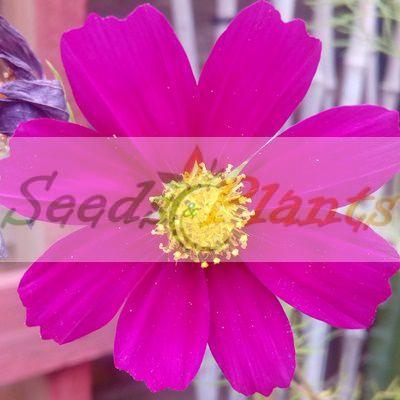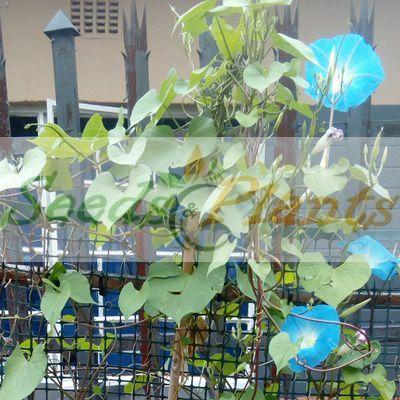Cape Honeysuckle Orange – 10 Seeds
(Tecomaria capensis)
R30.00
Cape Honeysuckle Orange flowers are tubular in showy many-flowered heads and are a deep orange in color.
Common names: Cape honeysuckle, tecomaria (Eng.); Kaapse kanferfoelie, trompetters (Afr.); malangula (Swazi); umsilingi, icakatha (Xhosa); lungana, incwincwi, uchacha, udodo, ugcangca, imunyane (Zulu); molaka (Sotho).
Indoor Sowing: Spring.
Direct Sowing: Spring.
In stock
Cape Honeysuckle Orange (Tecomaria capensis) is an attractive ornamental garden plant commonly used for screening and decorative purposes, and can also be trimmed to form a hedge. It is a fast growing, scrambling, multi-stemmed shrub which may grow up to 2-3 m high and spread more than 2.5 m. It is an evergreen plant in warm regions but loses its leaves in colder ones. Flowering time for this shrub is often flowers all year round. Flowers are tubular in showy many-flowered heads and vary in color from red, deep orange, yellow to salmon.
Common names: Cape honeysuckle, tecomaria (Eng.); Kaapse kanferfoelie, trompetters (Afr.); malangula (Swazi); umsilingi, icakatha (Xhosa); lungana, incwincwi, uchacha, udodo, ugcangca, imunyane (Zulu); molaka (Sotho)
Growing Cape Honeysuckle Orange
Indoor Sowing: Spring.
Direct Sowing: Spring.
- Surface sow the seeds and lightly cover with a medium such as sand or seed-starting mix.
- Keep moist and place seed tray in a bright spot.
- Germination in about 30 days.
- Transplant the seedlings once they have developed sturdy roots.
- Cape honeysuckle will bloom in the second year when grown from seed.
- Can be grown in containers.
- In areas prone to frost young plants should be protected.
- It is very tolerant of periods of drought, and is well suited to water-wise gardens.
Disclaimer
Medicinal Information:
All medicinal information on this website is for educational and informational purposes only and may not be construed as medical advice. The information is not intended to replace medical advice or treatment offered by healthcare professionals.
Seeds, Plants, Plant Cuttings, Geophytes and Dried Herbs:
In some countries and provinces, certain plants are deemed as invasive and are not allowed to be planted at all, whilst some plants are allowed to be grown only in certain areas or provinces. The onus is on you as the buyer to familiarize yourself with the regulations pertaining to your location, before purchasing any of our seeds, plants, plant cuttings, geophytes or dried herbs. We will not be held liable, should you purchase any seeds, plants, plant cuttings, geophytes or dried herbs. from us which are prohibited in your country or province.




















